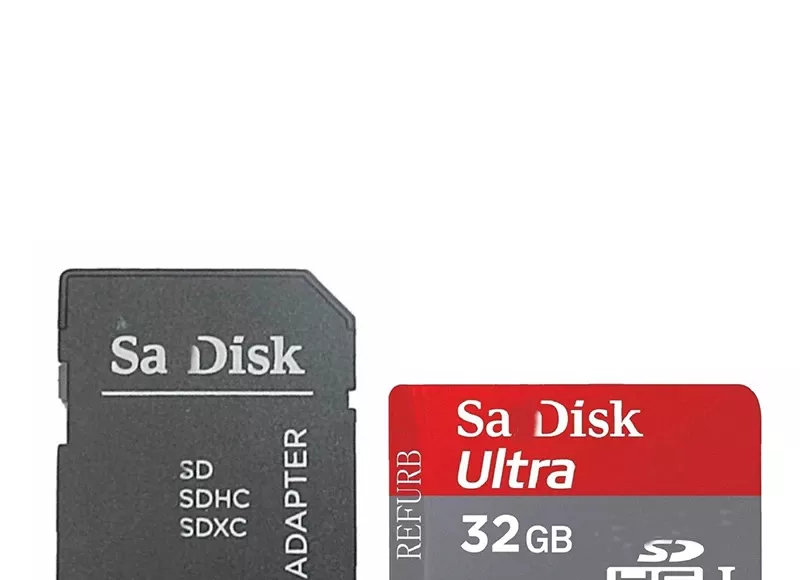When discussing Secure Digital Memory Cards (SD cards), the term “SD cards” is used. SD cards are the most popular storage media in digital photography and filmmaking. SD is the acronym for Secure Digital. Everyone must possess a fundamental knowledge of SD cards. However, can you choose a suitable 32 GB SD card from a selection of SD cards? Why, for instance, are two SD cards with the same storage capacity and manufacturer priced so differently?
Capacity and Writing Speed, the two most important characteristics, may be used to identify SD cards. There is a great deal of space in the Capacity bucket. The greater the size of the pail, the more water it can contain. If you can store a large amount of data, your hard drive has greater storage capacity. Also comparable is the writing pace of a sprinkler system. To fill the bucket more quickly, increase the writing speed (or the diameter of the pipe).
Maximum SD Card Size:
There are available Standard, High Capacity, and eXtended-Capacity SD memory cards. In digital photography today, SD’s storage capacity is insufficient. In contrast, SDHC and SDXC are the most prevalent and realistic capacity standards.
What are the differences between identically sized SDHC and SDXC memory cards? Due to the abundance of file systems, this is the situation. The FAT32 file system is compatible with the SDHC card. An SDHC card with a maximum file storage capacity of 4GB is required to record a movie. A new file will be created if the current recorder file is larger than 4GB. The FAT32 file system divides a 32GB movie into eight files. You should not be concerned about running out of space on an SDXC card while using the exFAT file system.
SD card speed:
The overall performance of the SD card takes into consideration the card’s write and read speeds. The read and write speeds of SD cards continue to increase. Read speeds are more closely associated with “Photography” than any other concept. The quicker you read, the shorter the interval between reading and replay.
Photographers may also benefit from an SD card with a quick writing speed while collecting a sequence of photographs. SD cards with fast writing speeds are very valuable for photographers who shoot at high shutter speeds, such as those in the sports and wildlife photography sectors. A fast SD card is required to record 4K or even 8K video at high frame rates. If the writing speed of the SD card is too sluggish, the movie will not play properly. This might be related to the SD card.
There are three aspeedometers on the market: type C, type U, and type V. Writing are faster with more than one character after English characters. C1-C10 and U1-U3 follow C. Video abbreviates “V.” V30, V60, V90 follow V. V30, V60, and V90 are measured in megabytes per second.
This photo shows two SD cards. Each has 32GB of storage. Left is a 120MB/s SD card, right is 95MB/s. Many people believe the SD card on the left is quicker since it can read and write at 120 and 95 MB/s. Writing speed is shown in the lower right corner. This U1 Class10 SD card reads at 10 MB/s. Class10 SD cards read at 30MB/s, three times faster than Class3 cards.
MB/s measure SD card writing and reading rates, whereas Mb/s measures camera speeds. MB/s and Mb/s are different data transfer units. MB is 8 megabytes. 200Mb/s cameras can transmit 25MB/s. The camera’s 200 MB/s writing speed requires a V30 or U3 writing speed. Users must use a V60 SD card to capture 4K or 8K video at a high frame rate.
























